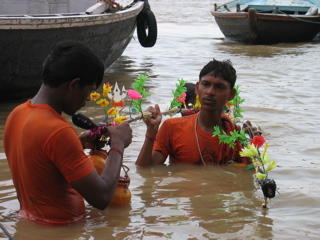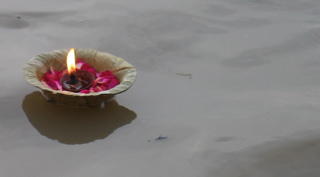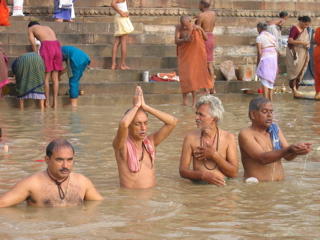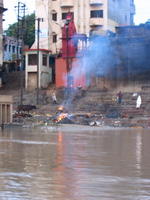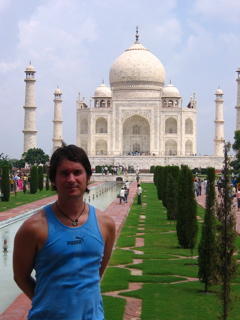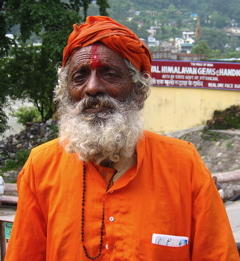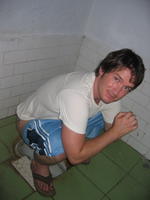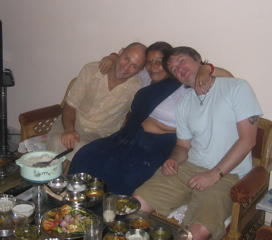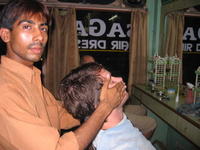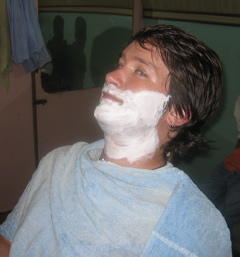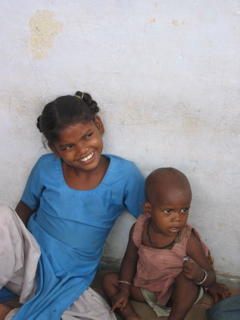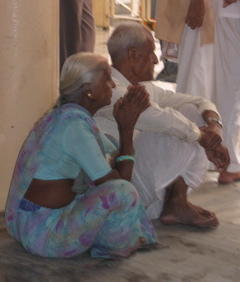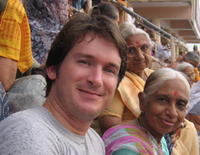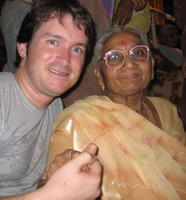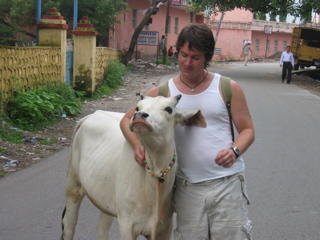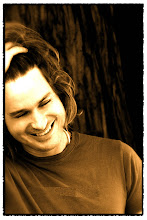Goodbye India, Hello Thailand
So much has happened since my last blog. No sooner had I hit post, My head started to hurt. by the time I got back to my room, I had a high fever, and within an hour, I had a very and explosive case of . . . well, you know.
Needless to say it slowed me down a lot for my last few days in Varanassi, which was a bummer because there were a few more ashrams I wanted to visit while there. The illness did seem to line up nicely with another breakthrough of sorts. This time, it was more psychological than emotional though.
India is a very poor country, and as such, anyone from another country, especially those with white skin are seen as rich (and an endless source of money) This means you have to be on your guard all the time. While India is very safe and you never get the feeling you are gonna get mugged, may people are there to take your cash through deception.
The entire time we were there, we had a team of rickshaw driver outside our hotel waiting for us to step out the door. They seemed nice enough, but got more an more pushy about taking us to places we didn't want to go. I got taken to a whore house at one point. Thank god I had some condoms with me. (just kidding mom.) Christopher was taken all over the city on his last day too.
The ring leader was a young man named Babpoo who befriended us the first day we got there. He kept on us every chance he could to go with him to some silk shop. This continued even through my sickness on the few occasions I would leave the hotel for some fruit or water. I tried to explain a nice way that I was ill and that I would not be going anywhere until I felt better.
finally, on our last night there, He approached us again as we were going out for some soup. I snapped. I just couldn't take it any more. The odd thing is that this snapping wasn't into insanity. It was into one of those moments of clarity where you really let go and let spirit guide you. "Look," I said, a complete calm in my tone. "I have all I can do to keep shit from dripping out my ass. I don't want to go to the silk shop. Can you understand that?" Shocked, he shook his had and backed off. Christopher just looked at me. "You ready to go get that soup?" I said.
In any event, we made it back to Delhi where we stayed in a five star hotel. It was so nice to take a nice shower, stay in a clean room and really pamper ourselves after a long trip through a very tough country. Unfortunately, my computer got fried when I tried to charge it with one of the train power outlets on the way to Delhi. I will have to deal with that when I return to the States.
We are now in Bangkok, Thailand. A much more civilized country. Now Cows in the streets, People obey the traffic laws here, and the food is made largely without curry. I spent most of today on the top of my hotel lounging by the rooftop pool, swimming laps and doing yoga. Project Indian Recovery has begun. I think it will be a while before I can really process this whole trip. Although hard at times, I know it has changed me forever.
(more photos when my Macintosh is fixed)
